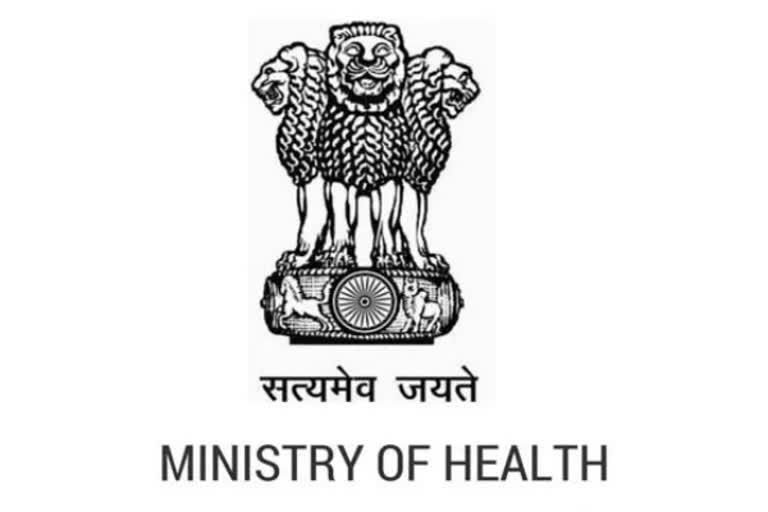New Delhi: The Central government has opposed the petition of BJP member and Advocate Ashwini Upadhyay's plea which sought to implement two children norm in order to control the population.
The Ministry of Health and Family welfare has filed an affidavit in the Supreme Court stating that 'Public Health' is a state subject and the "state government must lead the process of health sector reforms in a suitable and sustainable manner to protect the common individual from health hazards". Ministry said that it merely acts as a facilitator but it is the state which is responsible for the implementation of the guidelines and the schemes.
It added on saying that the centre has adopted a comprehensive and holistic National Population Policy, 2000, with objectives, themes and strategies and the family welfare programme is voluntary so that families can decide on what is best suited to them.
Also read:HC refuses bail to surgeon accused of culpable homicide case
"Moreover, India is witnessing a constant decline in Total Fertility Rate (TFR). The TFR which was 3.2 at the time when National Population Policy 2000 was adopted has declined substantially to 2.2 as pwr SRS 2018. The wanted fertility in India as per NFHS IV is only 1.8 as against the actual fertility of 2.2 prevailing at that time, indicating thereby that couples on an average do not want more than 2 children. Also, as many as 25 out of 36 states/UTs have already achieved the replacement level of fertility of 2.1 or less. Furthermore, as per Census, 2001-2011 is the first decade in the last 100 years which has not only added lesser population as compared to the previous one, but also registered the sharpest decline in the decadal growth rate from 21.54% in 1991-2001 to 17.64% in 2001-2011," read the affidavit.
The government submitted that India is knocking at the door of achieving replacement level fertility and with commitment, it can stabilise the population.
